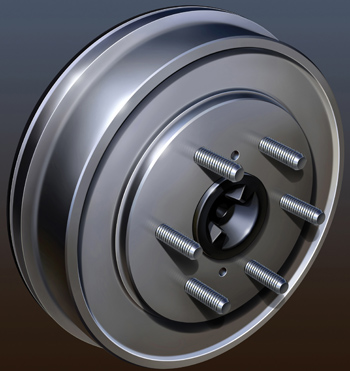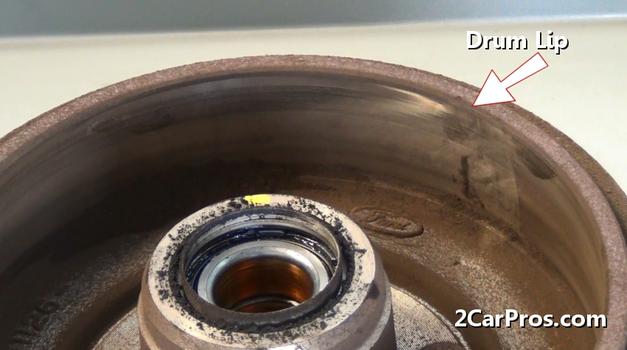Hi and Happy 4th of July,
On my box truck, I have disc brakes on the front and drum brakes on the rear. It is time to do a brake job on the rear of the truck. Although I'm not the most experienced at this, I have done a few brake jobs on other vehicles in the distant past, and I'm hoping to tackle this myself.
I will talk to the people in the auto parts store and spend time in YouTube looking around for information. I'm posting in here in case anyone can offer tips, tricks, tools, cautions about things to watch out for. If anyone has experience with this specific type and could be generally available to answer a question or two that would be icing on the cake.
Thanks,
Tom
P.S. - John, no, I still didn't join that E-350 specific forum. It's a great idea, and I'll get around to it. People here have been so helpful that it hasn't been necessary yet.
On my box truck, I have disc brakes on the front and drum brakes on the rear. It is time to do a brake job on the rear of the truck. Although I'm not the most experienced at this, I have done a few brake jobs on other vehicles in the distant past, and I'm hoping to tackle this myself.
I will talk to the people in the auto parts store and spend time in YouTube looking around for information. I'm posting in here in case anyone can offer tips, tricks, tools, cautions about things to watch out for. If anyone has experience with this specific type and could be generally available to answer a question or two that would be icing on the cake.
Thanks,
Tom
P.S. - John, no, I still didn't join that E-350 specific forum. It's a great idea, and I'll get around to it. People here have been so helpful that it hasn't been necessary yet.














































































